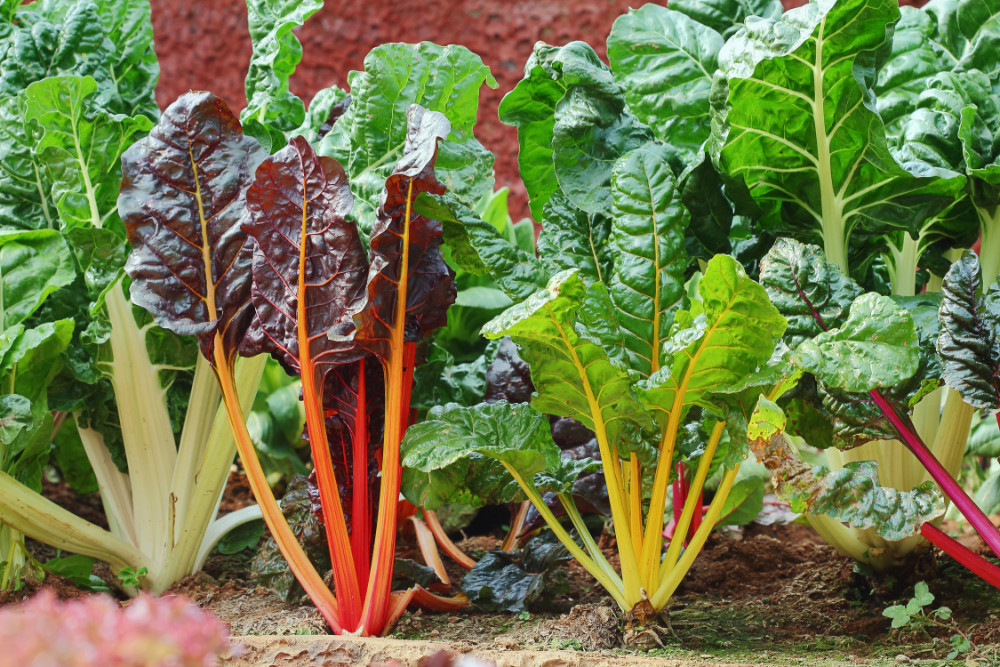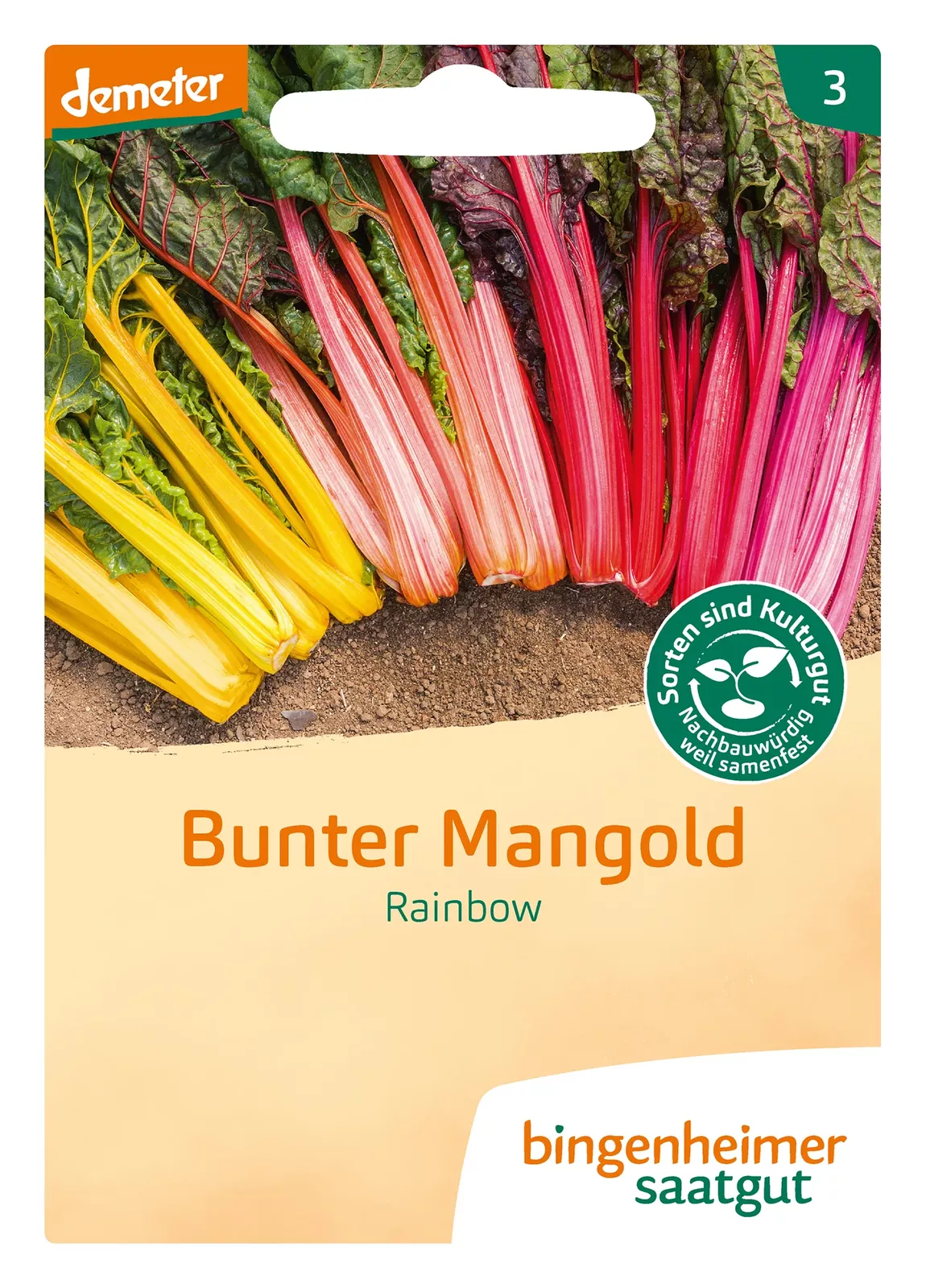Growing chard
The chard plant: what you need to know
Like beet, chard (Beta vulgaris) is cultivated from the wild beet. Together with spinach, both plants belong to the foxtail family. With its lush and brightly colored leaves, it stands out in the garden. In the first year, the leaf rosette forms with leaves up to 60 cm high. In the second year, the chard begins to flower.
The right location
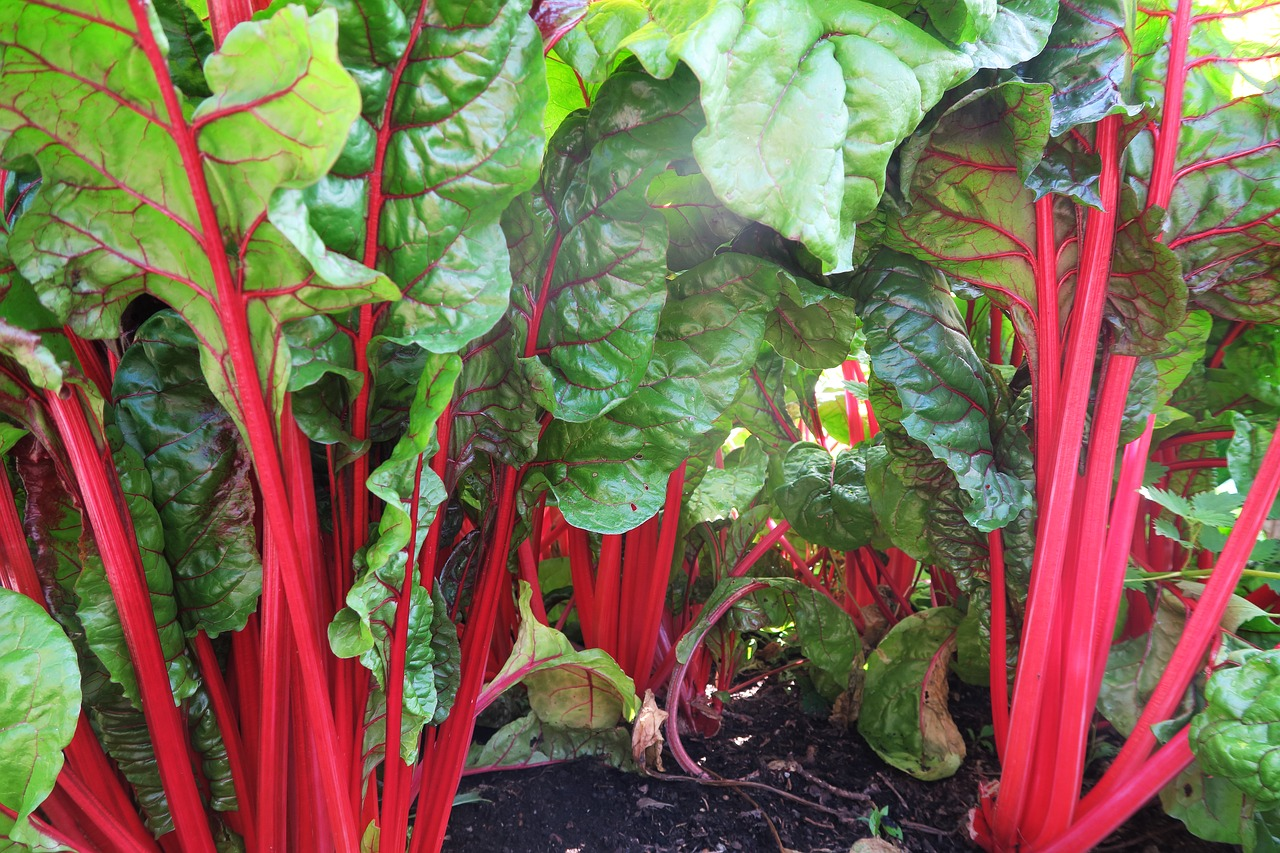
Swiss chard requires evenly moist soil that is deep and humus-rich. Choose a sunny to semi-shady location in the bed. To prepare the soil, you can work compost or horn shavings into the soil for the medium-rooted plants.
Chard varieties: leaf and ribbed chard
- Stem chard with fleshy, edible stems, e.g. 'Bright Lights' or 'Five Colors' - Leaf chard with lush green leaves, e.g. 'Hunsrücker Schnitt' or 'Lucullus'
Sowing & planting chard
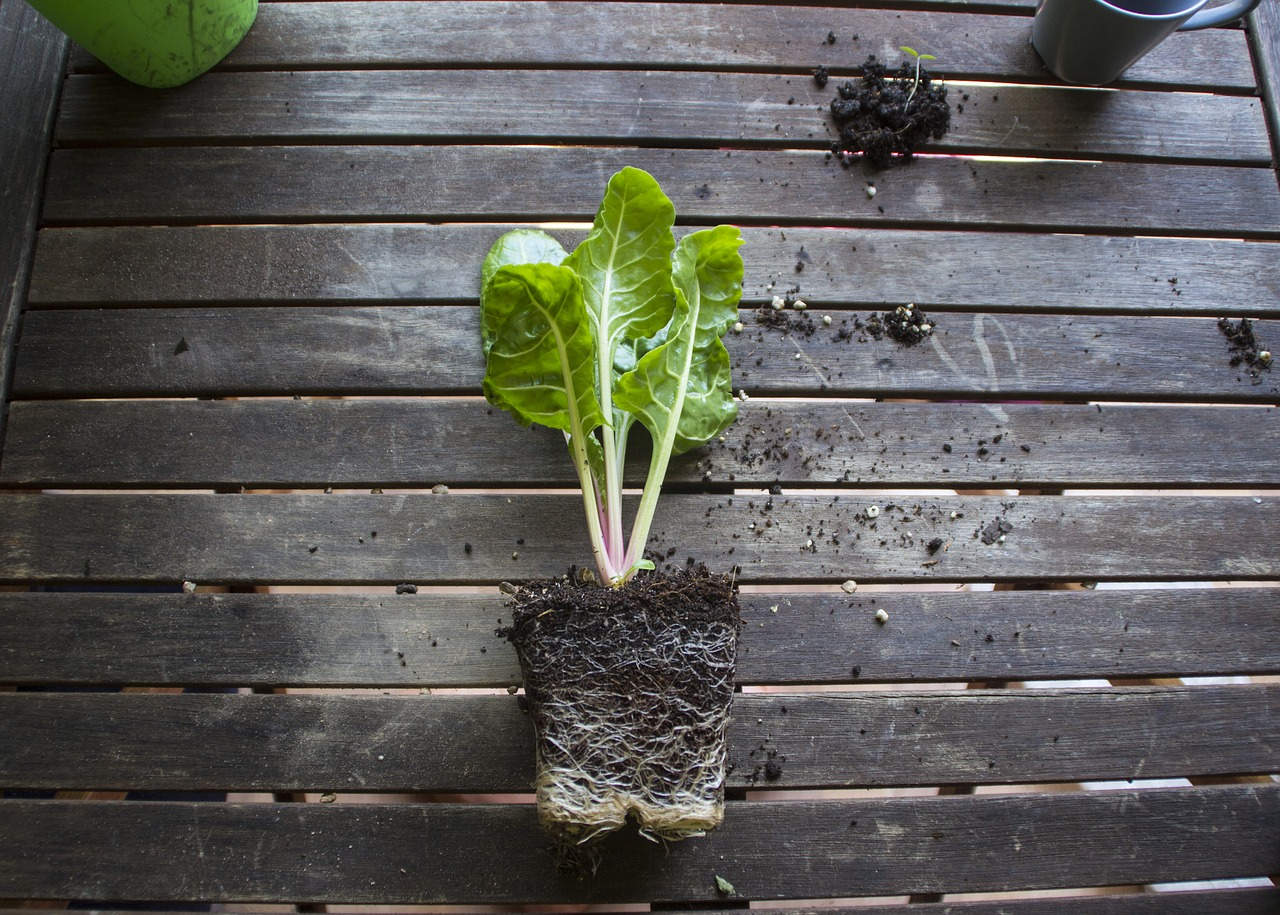
- Pre-breeding or direct sowing outdoors from March/April - Plant out chard seedlings from April to the end of June with a row spacing of 30 cm for leaf chard and 40 cm for stem chard
Fertilize chard
As a medium feeder, chard has moderate nutrient requirements and is happy with moderate fertilization. Work compost or other organic slow-release fertilizer into the garden soil before planting out. Top dressing is then usually no longer necessary. However, you can use plant manure to fertilize if necessary.
Cultivating chard
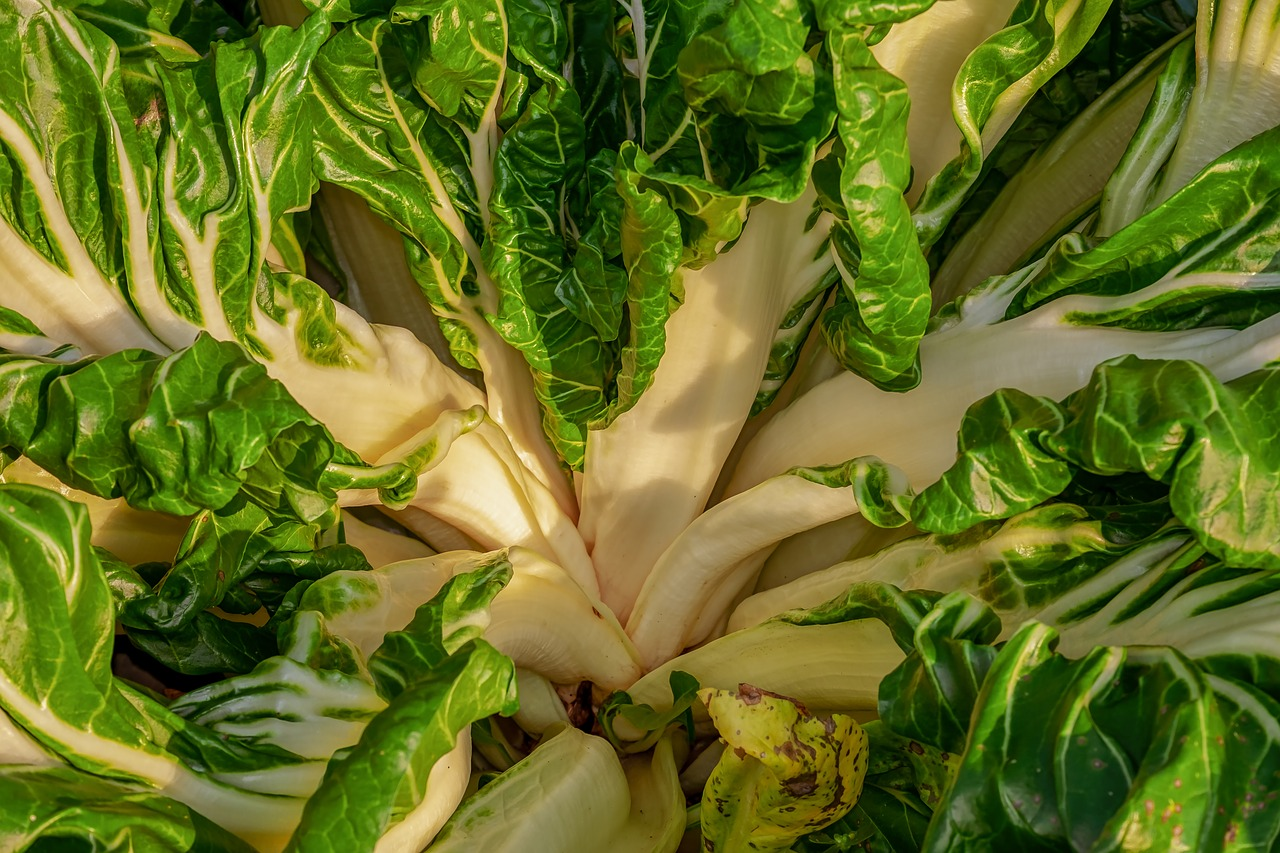
Swiss chard is a fairly robust plant that requires little care. However, you should ensure an even supply of water for tender leaves. Otherwise, chard is resistant to diseases and pests. However, it is sometimes attacked by mildew or aphids.
Harvesting & storing chard
Chard plants grow comparatively quickly and you can harvest for the first time just two to three months after sowing. The harvest season extends from June until the first frost. For a successful harvest, it is best to only remove the outer leaves. Leafy vegetables in general do not usually keep for long, so you should eat fresh chard as soon as possible. It will only keep for a few days in the fridge. Wrap it in a damp cloth to protect the leaves from drying out.
Is chard hardy?

Swiss chard is only partially hardy, but can survive mild winters. You can increase its chances by protecting it with a warming layer of mulch. It is best to cut the chard down close to the ground in the fall, then it should sprout again in the spring. Swiss chard starts to flower in the second year.
